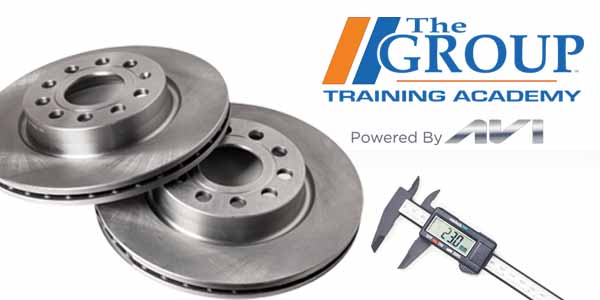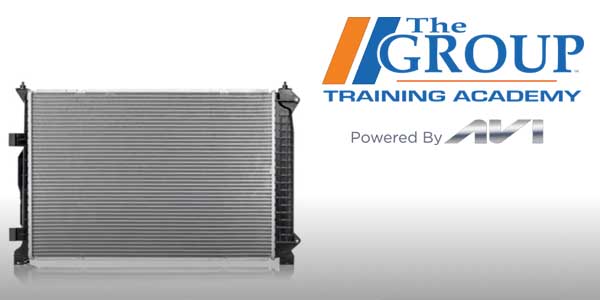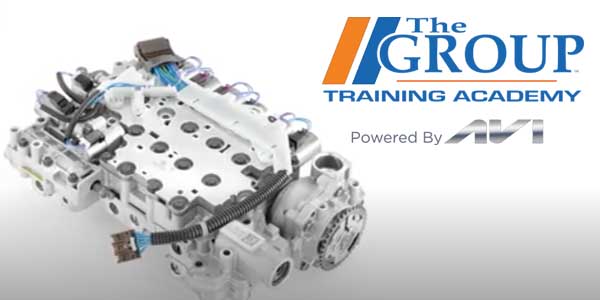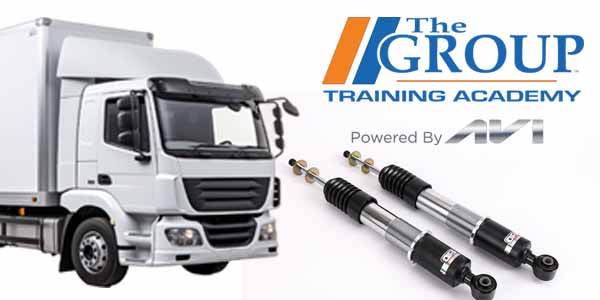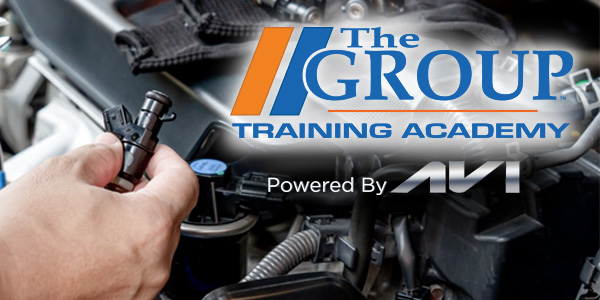Sway bars, anti-sway bars, roll bars, anti-roll bars and stabilizer bars are all the same thing, and it’s generally understood they improve handling, but how?
Any time a vehicle is turning, forces related to the laws of physics cause the body to roll, sway or tip away from the turn. When this happens, the weight shift to the outside, in turn compresses the suspension on the outside, resulting in lift and a loss of traction on the inside, which leads to poor handling and potentially the loss of control.
The sway bar connects one side of the suspension to the other and they can be located in the front, rear or both. They are mounted in bushings to the frame or body of the vehicle and connected to the suspension at each end with either bushings or links.
This video is sponsored by The Pronto Network.

